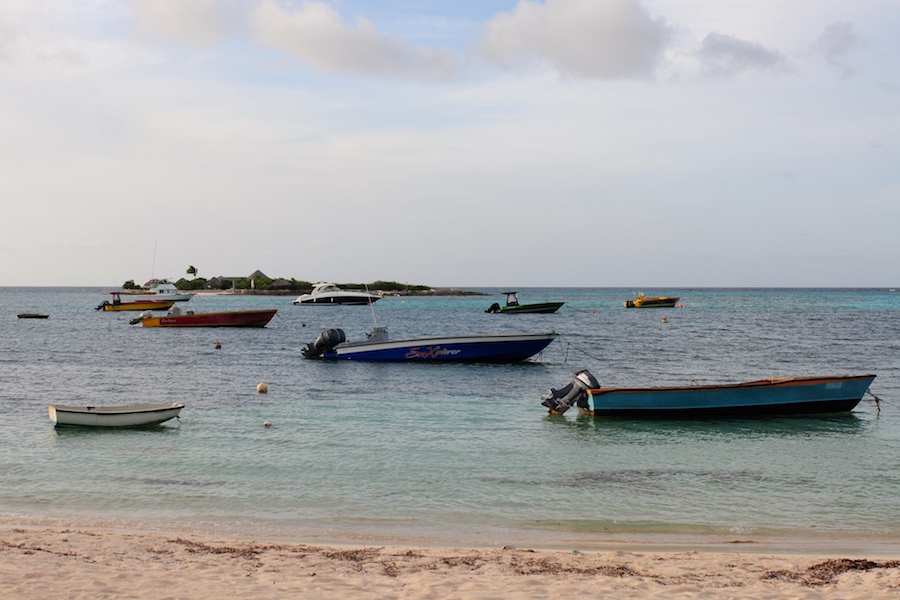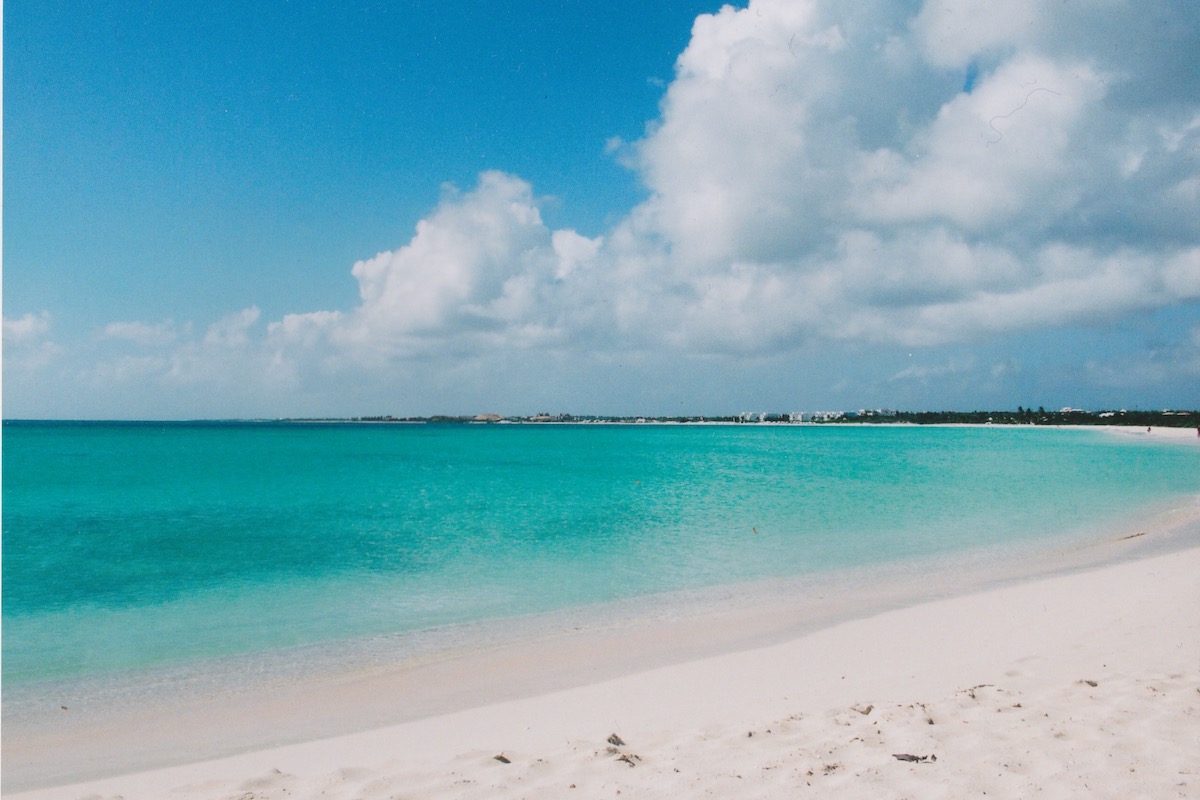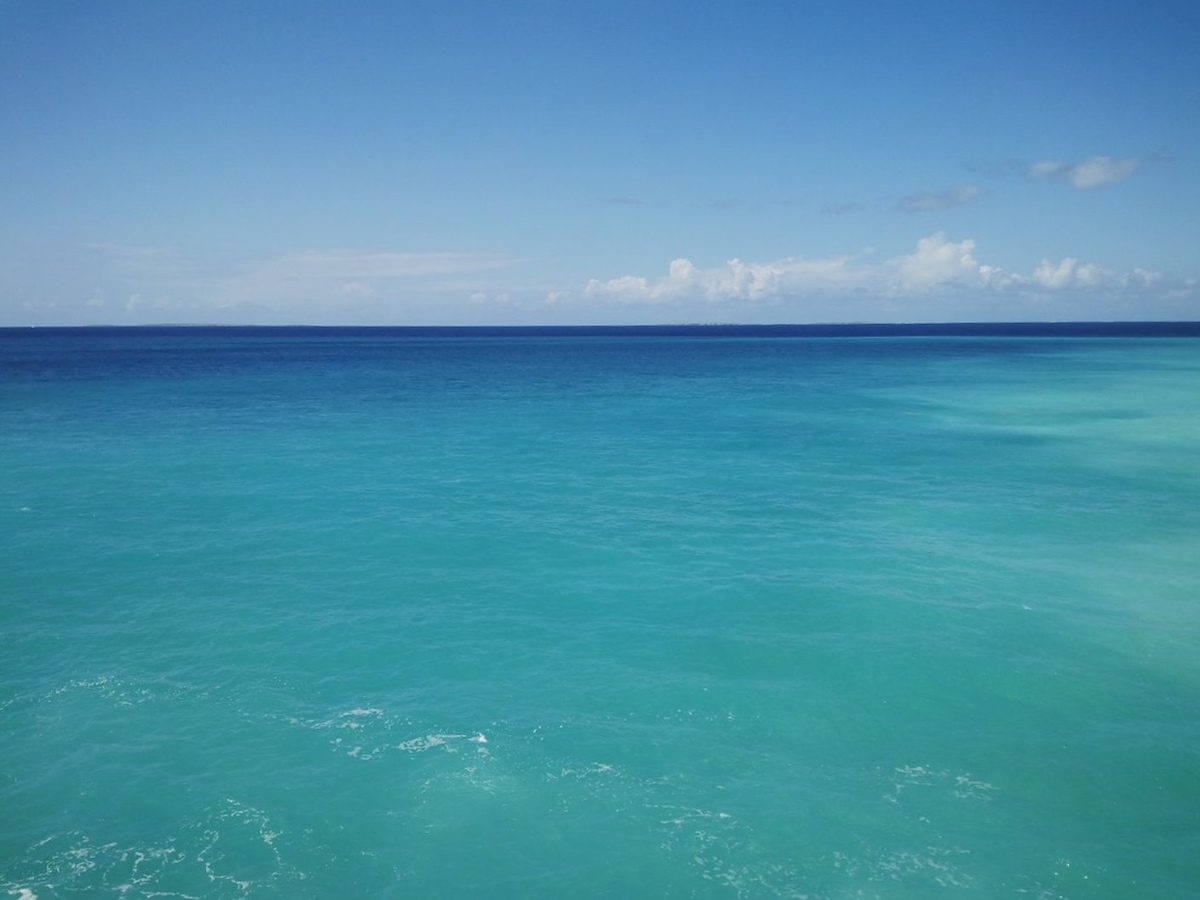The devil is in the detail, they say, but in Anguilla the detail isn’t as devilish as it is sublime. At first sight it might be hard to grasp why Anguilla’s coastline should be different to any other island in the Caribbean. Yes, Anguilla is flatter than most islands but that’s just because its foundations are coral and limestone rather than volcanic—and there are plenty other islands in the region that share this peculiarity. So why should Anguilla’s beaches, among the very best in the world, be any different than, say, Anegada’s, or even St. Martin’s? The answer lies underwater, at the foot of a coral reef that flanks Anguilla’s northern coast, far enough not to stifle the waters but close enough to spread vast quantities of breakaway particles across the island’s northern and western shores.
Shoal Bay East
Nowhere is this most palpably obvious than in Shoal Bay East, for many years the island’s one and only famous destination. Approaching Shoal Bay East by car confronts you with one of the most distinctive scenes of Anguillan beauty as the road wiggles its way from The Valley eastward. Between Little Dix village and Shoal Bay East there is a small hillock, the sort of knoll that comes to an end before you realize you’ve started to climb. That’s when, coming out of the soft bend, the world beneath gets tinted in every shade of turquoise, as the road ahead drops in a straight line onto one of the most sublime stretches of land in the entire region.
Shoal Bay East is a wide cuff of thick white sand seemingly dabbed onto Anguilla’s northern coast in a single careless stroke. Despite facing the Atlantic Ocean, the beach is sheltered by two rows of coralline formations which serve as a natural breakwater, creating a shallow pool that stretches for yards. The effect from the distance is almost as striking as the very experience of swimming in these placid waters, as the lengthy patch of sandy seabed is interrupted here and there by isolated clusters of rock, combining to create playful streaks of turquoise and indigo that blend into each other with the glean of the sun reflecting on the ripples.
In the early days of tourism in Anguilla Shoal Bay East was the only recognizable attraction on the island. In order to get to Anguilla you’d have to get to St. Martin first, and the usual reaction over there when you said you wanted to take the ferry across the channel would be a puzzled and rather genuine “Why? There’s nothing there”. Indeed there was very little in Anguilla at the time, apart from the odd B&B and the single hotel proper on Rendezvous Bay, with a whopping 20 rooms. Then as now day-trippers would visit with the sole intention of spending the day on the paradisiacal beaches of the desolate island—and no beach was more enticing than Shoal Bay East.
The fact that Shoal Bay East was—still is— 8 miles and a good 25 minutes away from the ferry terminal, on the opposite end of the island, was probably a good break for the taxi drivers, whose business was greatly boosted by the influx of early adventurers. In the early 1980s taxi drivers were the true catalysts of the tourism industry, providing a service that went far beyond simple transportation—they provided insight into a place about which no one knew anything, a place that was seductive and mysterious in equal measure.
In those days Shoal Bay East was totally untouched, a long mile of blindingly white sand boomeranging up and down the northern edge of the island with the irregular coastline. Taxi drivers would drop off visitors and arrange a pickup time. If guests wanted a drink or something to eat they’d have to stop at the grocery store at Little Dix village, two miles further inland, to buy supplies, or else have the taxi driver drop them off—every minute of beach time is always precious—and head back for provisions: sodas, ginger beer, maybe some bread, none of it particularly cool to begin with and all decidedly warm by the time the taxi made it back to the beach. They were days of austere yet somehow also irresistible simplicity.
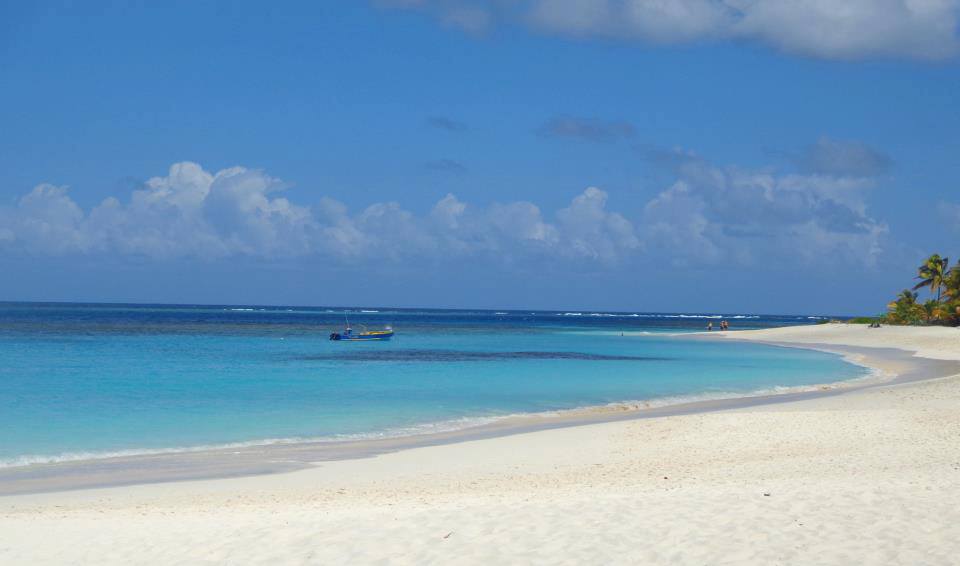
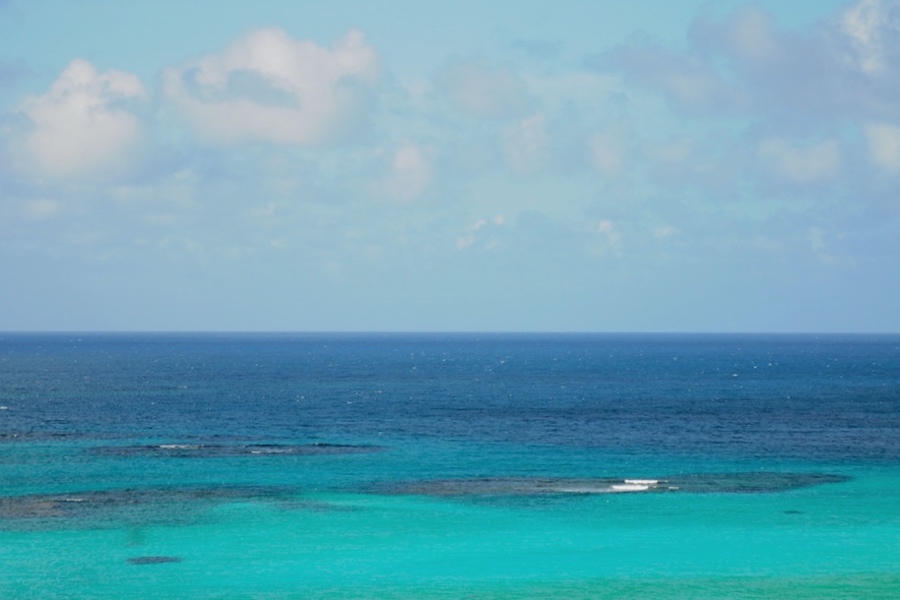
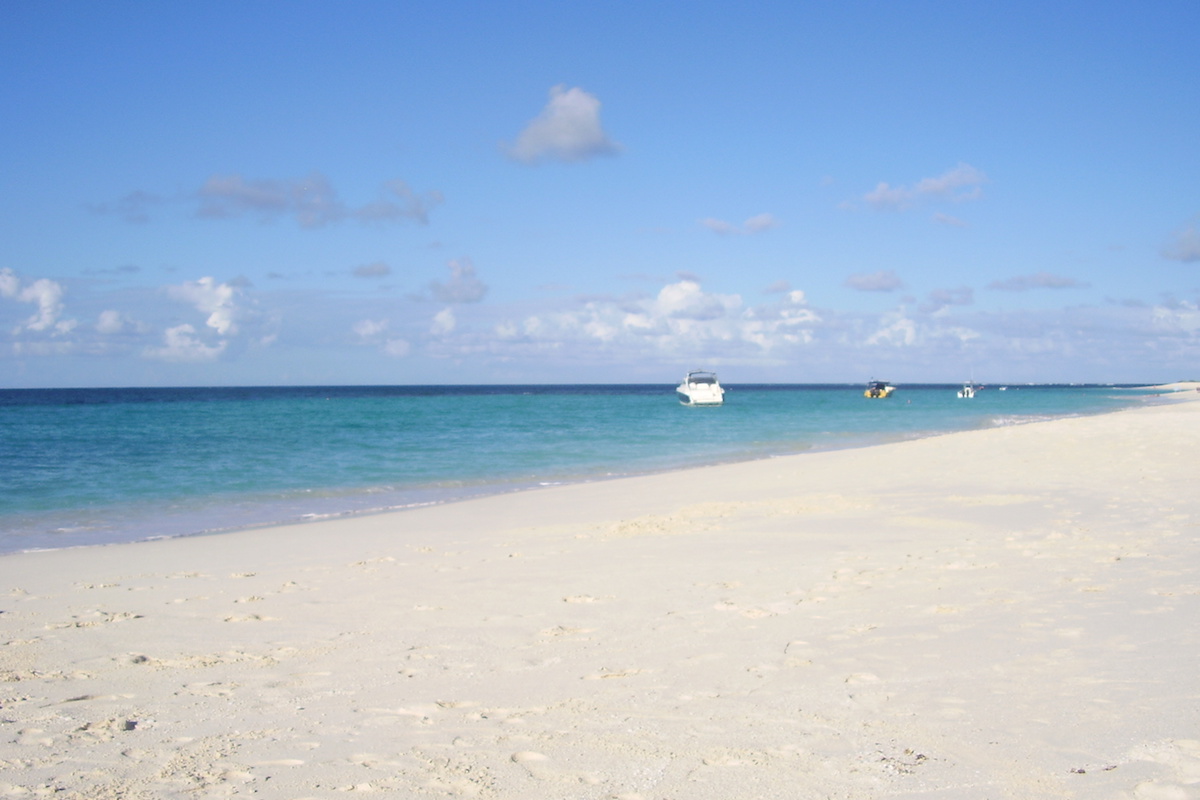
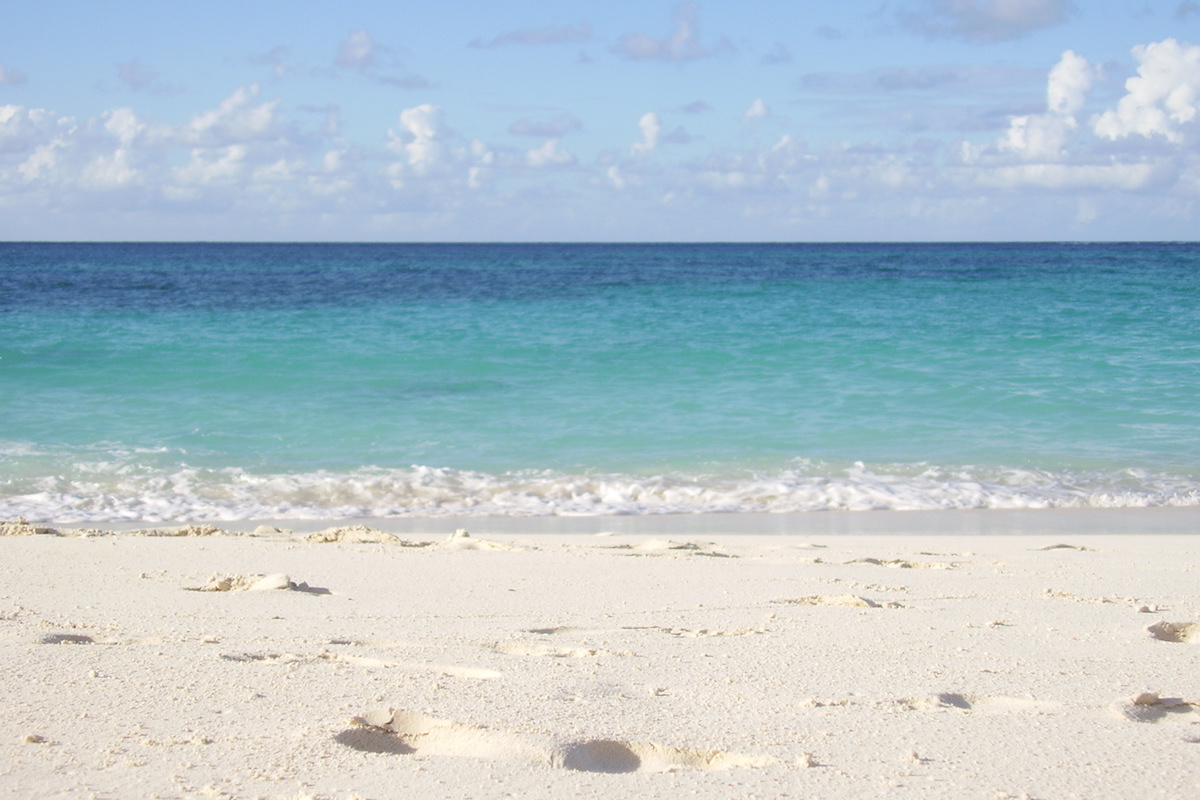
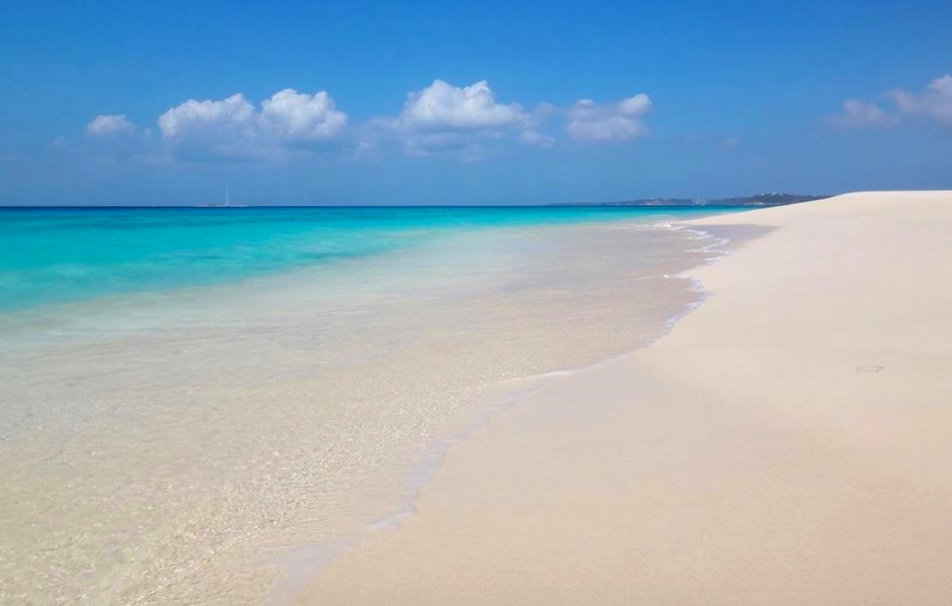
The first development made to cater to the growing (but still tremendously modest) number of tourists venturing out to the eastern part of the island was the Shoal Bay Villas condo, just east of the access road. The villa’s Happy Jack’s restaurant became legendary, not least for the potent rum punch served on its trademark wooden bar, and the blue and white aluminium umbrellas dotting the beachscape blended so naturally into the beachscape that it seemed as if they had always belonged there. Roughly at the same time, in the mid 1980s, Ernie Harrigan built the wooden structure that would house one of the cornerstones of Anguilla’s tourism industry, Uncle Ernie’s charming restaurant, famous for its fried fish, fabulous piña coladas and the unmovable Uncle Ernie, whom you could trust to find sitting behind the bar with the same certainty that you could expect to find salt in the seawater.
These days Uncle Earnie’s and Shoal Bay Villas are just two of a swarm of buildings that give Shoal Bay East its distinct character as the most popular (and developed) corner of the east. From the stylish atmosphere at Zemi Beach on the western end to the rustic charm of Elodia’s on the opposite side of the bay, Shoal Bay East continues to seduce visitors, no matter what they’re after. Because even if the farthest end of the beach has suffered the effects of coastal erosion of late, the point where the bay doubles up to curl back inland remains one of the most spectacular pieces of real estate in the northeast Caribbean, and though commercial establishments are now scattered on both sides of the access road the beach never feels crowded—and yet you’re never more than a couple of minutes away from the next drink!
Sea Rocks
From the very beginning of property development in Anguilla Shoal Bay East has always been one of the island’s most sought-after locations. This turned Sea Rocks, on the western end of the bay, into an early-day upmarket neighborhood and nothing over the last three decades has reversed that initial trend.
Interestingly, Sea Rocks borders with the millenary Fountain area, where indigenous populations dwelled thousands of years ago, leaving their trace in the many carvings found in the rocks of the Fountain Cavern. The cavern itself is one of a number of caves in Anguilla, though at roughly 20 meters deep and with its freshwater lake this is probably the most striking of all. Presently the cavern is closed to the public for the preservation of the petroglyphs, some of which date all the way back to the fourth century AD.
Anguilla in general and the Fountain area in particular was once thought to be a place of pilgrimage for the eastern Taino people, who would regularly make the journey to the island for spiritual reasons. Though it’s now disputed whether the island—at the time known as Malliouhana, or arrowhead in Arawak language—truly was the site of an oracle of sorts there is no doubting the spiritual nature of the carvings and objects found inside the Fountain Cavern, which include depictions of Juluca, the rainbow god, and Jucuhu, the god of cassava, as well as three-pointed zemi sculptures.
Zemis were sacred objects that housed deities in Taino culture, and interestingly the triangular ones associated with the Fountain Cavern trace a similar shape to that of Shoal Bay East if you draw an imaginary horizontal line westward from the end of the eastern cove. This correspondence might well be coincidental, and in any case it bears little significance in today’s reality, except for one undeniable fact: now as then, Shoal Bay East is simply magical.
Discover all our available properties in Shoal Bay East and Sea Rocks.

